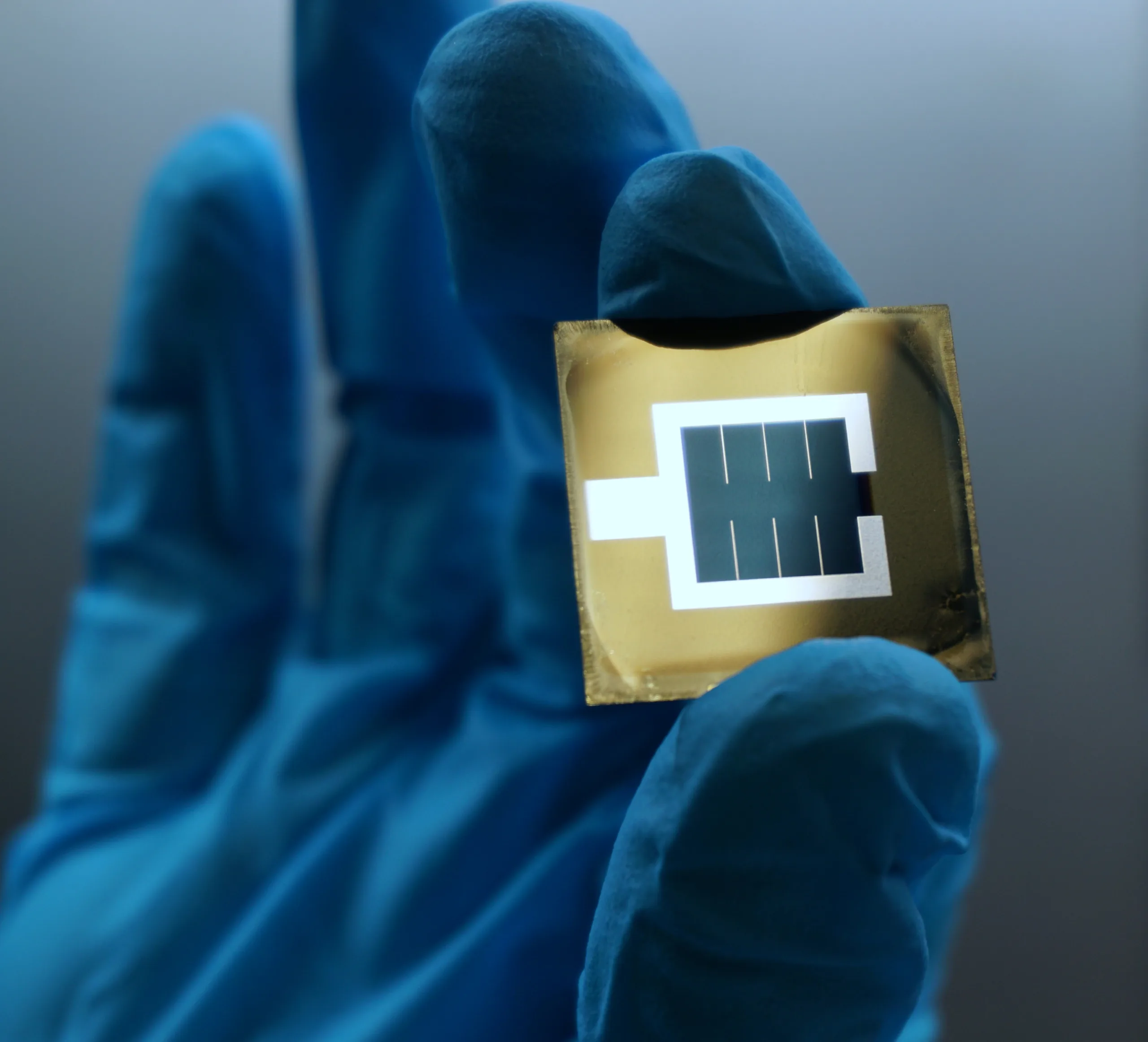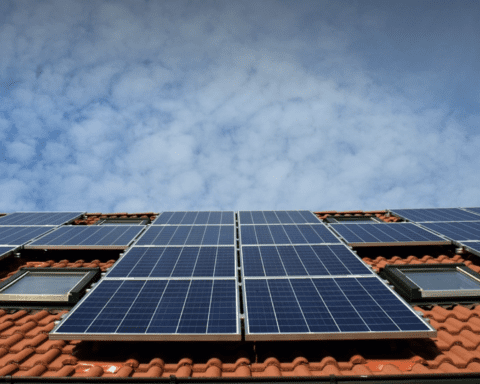
Scientists at Helmholtz-Zentrum Berlin (HZB) have set a new world record for tandem solar cells, which consist of a silicon bottom cell and a perovskite top cell. By modifying the interface between the two cells and applying detailed analysis to understand the specific properties of the modification, the team was able to convert 32.5% of the incident solar radiation into electrical energy, beating the previous record of 31.3%.
Tandem solar cells have the potential to significantly improve the efficiency of solar panels by combining the strengths of different materials. Perovskite has a high absorption coefficient and can be deposited in a thin layer, making it an ideal material for the top cell of a tandem solar cell. When paired with a silicon bottom cell, the resulting tandem solar cell can achieve higher efficiencies than either material alone.

The new record is a significant achievement for tandem solar cells and demonstrates their potential to contribute to a sustainable energy supply. “At 32.5%, the solar cell efficiency of the HZB tandems is now in ranges previously only achieved by expensive III/V semiconductors,” said Professor Bernd Rech, scientific director at HZB. “The NREL graph clearly shows how spectacular the last two increases from EPFL and HZB really are.”
Tandem solar cells show great promise for the future of solar energy and the HZB team’s work is an exciting development in the field. Further research and development will be needed to bring tandem solar cells to the mass market, but the new record is a promising step towards a more efficient and sustainable energy future.




